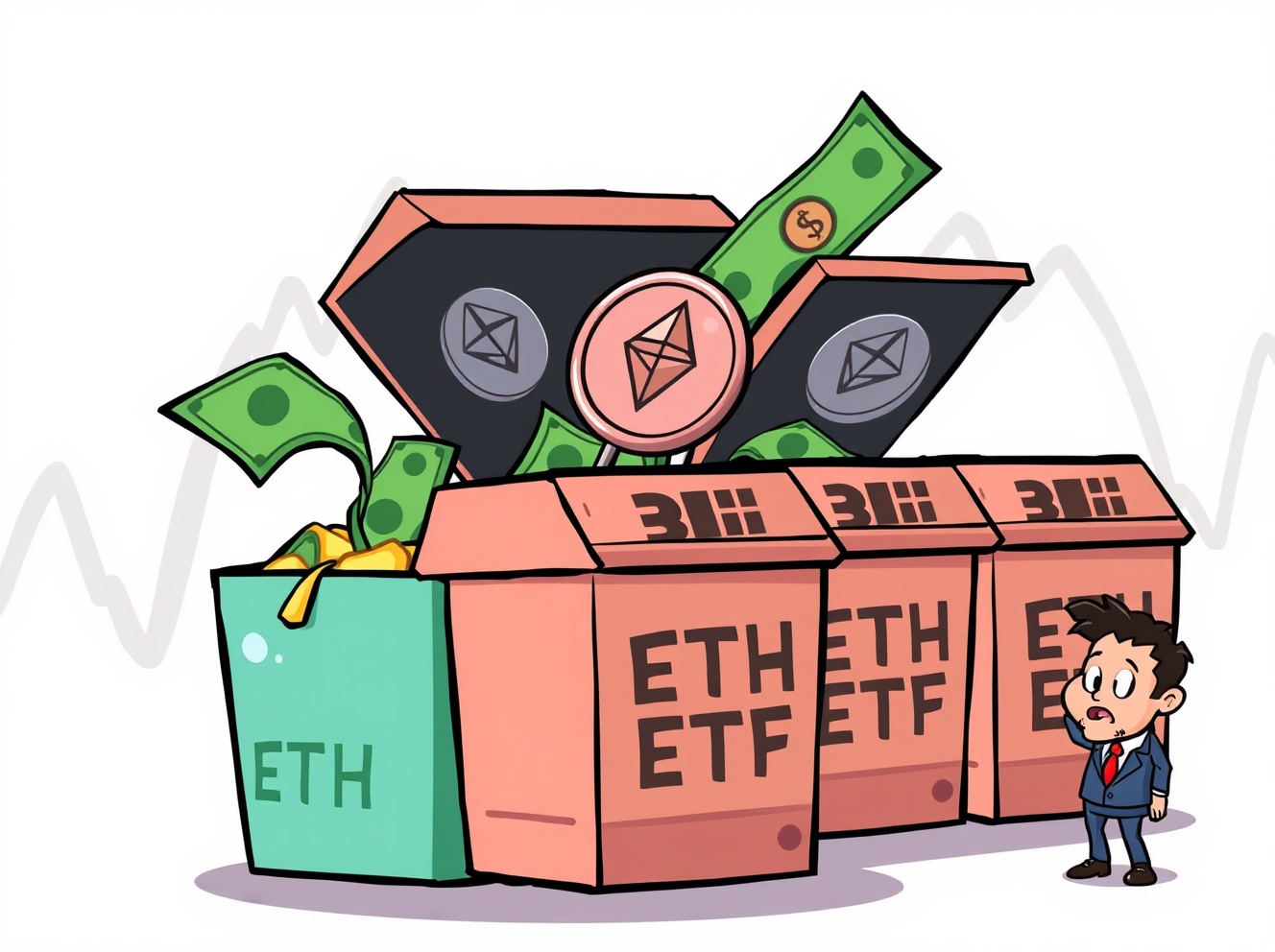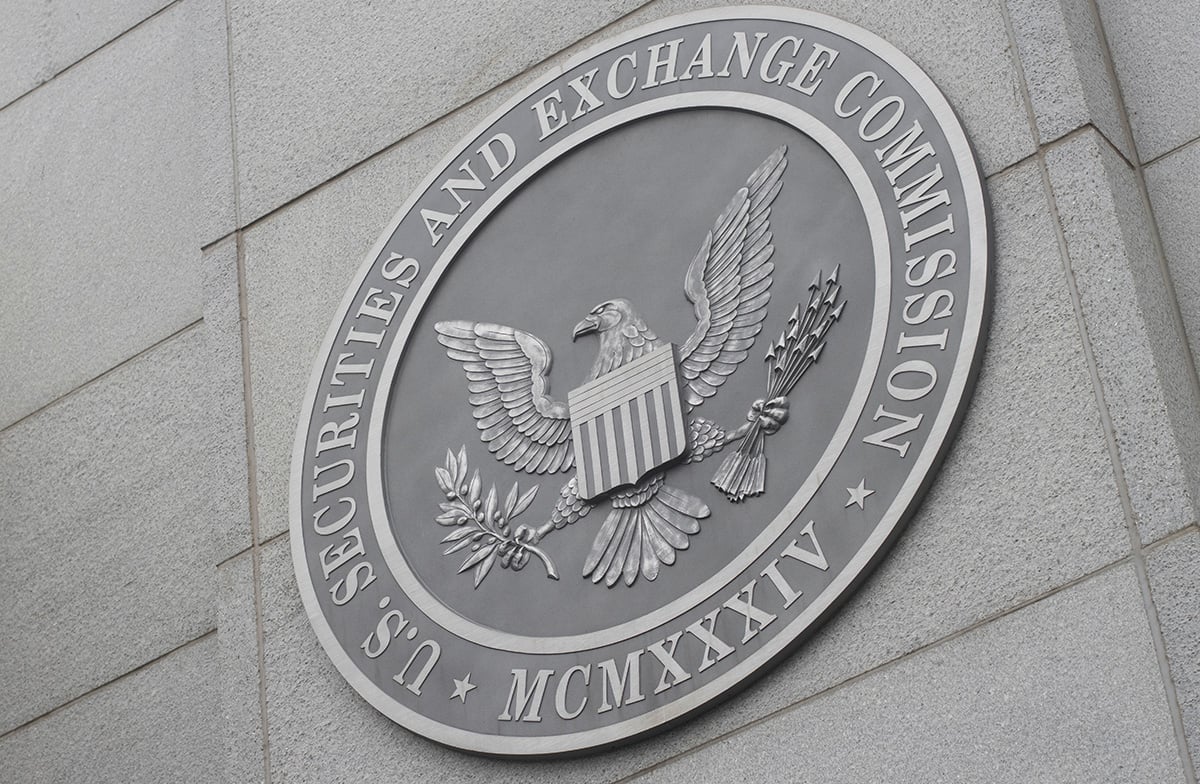Significant Outflows Hit Spot ETH ETFs: What Does This Mean for Ethereum?
BitcoinWorld
Significant Outflows Hit Spot ETH ETFs: What Does This Mean for Ethereum?
The cryptocurrency market is always dynamic, and recent movements in the institutional investment space have caught the eye of many. Specifically, Spot ETH ETFs have experienced a notable trend, prompting investors and analysts alike to question the underlying causes and potential implications. What exactly is driving these shifts, and what could they mean for the broader Ethereum ecosystem?
Understanding Spot ETH ETFs: Why They Matter
Before diving into the recent activity, it’s crucial to understand what Spot ETH ETFs are. An Exchange-Traded Fund (ETF) holds assets like stocks or commodities. A spot ETF, in particular, holds the actual underlying asset. Here, Spot ETH ETFs directly hold Ethereum, offering traditional investors exposure to ETH’s price without direct ownership or management.
These financial products bridge traditional finance and crypto. They provide regulated, accessible, and often more liquid avenues for institutional and retail investors to participate in the Ethereum market. Their approval was a major step towards mainstream adoption for Ethereum.
Spot ETH ETFs See Significant Outflows: The Details
Recent data from Farside Investors paints a clear picture: Spot ETH ETFs recorded a net outflow of $79.4 million on September 24th. This marks the third consecutive trading day of withdrawals, suggesting a shift in investor sentiment or strategy.
Several prominent funds were impacted:
- Fidelity’s FETH: Led withdrawals with $33.3 million.
- BlackRock’s ETHA: Saw significant outflows of $26.5 million.
- Grayscale’s ETHE: Experienced an $8.9 million net outflow.
- Ark 21Shares’ TETH: Recorded $6.2 million in withdrawals.
- Bitwise’s ETHW: Also faced $4.5 million in net outflows.
These figures highlight a broader movement across various U.S. Spot ETH ETFs, not just an isolated incident. Consistent outflows can signal diverse underlying market dynamics.
What’s Driving the Withdrawals from Spot ETH ETFs?
Understanding the “why” behind these outflows is complex. While a single reason is elusive, market analysts often consider macroeconomic trends, profit-taking, and shifts in investor appetite.
Possible contributing factors include:
- Broader Market Sentiment: A general “risk-off” mood in wider financial markets could lead investors to withdraw from perceived higher-risk assets like cryptocurrencies.
- Profit-Taking: Investors who entered these ETFs at lower prices might be cashing out, especially after recent Ethereum gains.
- Asset Rotation: Funds could be shifting into other asset classes or even different cryptocurrencies offering perceived better risk-adjusted returns.
- Regulatory Uncertainty: The evolving crypto regulatory landscape can cause cautious investors to reduce exposure.
- Staking Competition: Some investors might prefer direct ETH ownership to participate in staking for yields, a feature not typically available through current spot ETFs.
These outflows could also simply represent natural portfolio rebalancing by large institutional investors, rather than a definitive bearish stance on Ethereum itself.
Impact on Ethereum and Investor Considerations
The immediate impact of these outflows on Ethereum’s price can vary. While $79.4 million is substantial, Ethereum’s overall market capitalization is much larger. Therefore, a few days of outflows from Spot ETH ETFs may not cause a drastic price drop in isolation.
However, sustained outflows could indicate weakening institutional demand, potentially pressing ETH’s price over time. It’s crucial to monitor these trends alongside other market indicators like trading volume and on-chain data. For investors, these trends underscore the crypto market’s inherent volatility and the importance of a well-researched strategy.
The Road Ahead for Spot ETH ETFs
Despite recent outflows, the long-term outlook for Spot ETH ETFs remains a key topic. Their very existence signifies a maturing market. As the crypto ecosystem evolves, so too will its investment vehicles.
It will be interesting to observe if these outflows are a temporary blip or a prolonged trend. Factors like broader economic conditions, Ethereum’s developmental milestones, and evolving investor preferences will shape the future. Keeping an eye on flow data for Spot ETH ETFs will be essential for informed investors.
Summary: Navigating the Dynamics of Spot ETH ETFs
The recent $79.4 million net outflow from U.S. Spot ETH ETFs over three days, led by major players, is a noteworthy development. While reasons are multifaceted—from profit-taking to market sentiment—these movements highlight the dynamic nature of institutional crypto engagement. Investors should monitor trends closely, recognizing fluctuations as a natural part of a maturing market. The long-term significance of Spot ETH ETFs in bridging traditional finance and crypto remains undeniable.
To learn more about the latest crypto market trends, explore our article on key developments shaping Ethereum institutional adoption.
Frequently Asked Questions (FAQs)
Q1: What are Spot ETH ETFs?
A1: Spot ETH ETFs (Exchange-Traded Funds) are investment vehicles that directly hold actual Ethereum (ETH). They allow investors to gain exposure to ETH’s price movements through traditional brokerage accounts without needing to buy and store the cryptocurrency themselves.
Q2: Why are Spot ETH ETFs experiencing outflows?
A2: Several factors could contribute, including broader market risk-off sentiment, investors taking profits after previous gains, reallocation of funds to other assets, or even concerns about the evolving regulatory landscape for cryptocurrencies. It’s often a combination of these elements.
Q3: Which funds saw the largest withdrawals?
A3: According to Farside Investors, Fidelity’s FETH led with $33.3 million in outflows, followed by BlackRock’s ETHA with $26.5 million, and Grayscale’s ETHE with $8.9 million.
Q4: How do these outflows impact Ethereum’s price?
A4: While a single day’s outflow may not drastically affect Ethereum’s price due to its large market cap, sustained withdrawals could signal weakening institutional demand, potentially putting downward pressure on ETH’s value over time. However, many other factors also influence price.
Q5: Are Spot ETH ETFs still a good investment?
A5: The suitability of Spot ETH ETFs as an investment depends on individual financial goals, risk tolerance, and market outlook. While they offer regulated access to Ethereum, all investments carry risks. It’s advisable to conduct thorough research and consult with a financial advisor.
Did you find this analysis of Spot ETH ETFs and their recent outflows insightful? Share this article with your network on social media to keep fellow crypto enthusiasts and investors informed about these crucial market developments!
This post Significant Outflows Hit Spot ETH ETFs: What Does This Mean for Ethereum? first appeared on BitcoinWorld.
You May Also Like

Michael Saylor Pushes Digital Capital Narrative At Bitcoin Treasuries Unconference

Hester Peirce Clarifies No Endorsement of OpenVPP Despite Meeting
